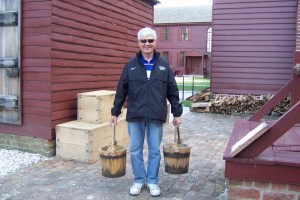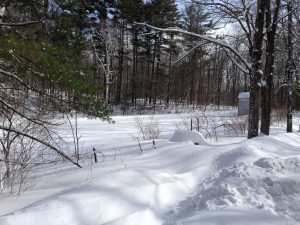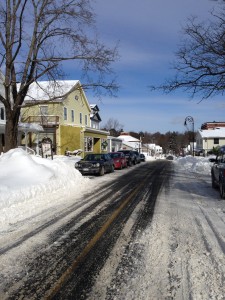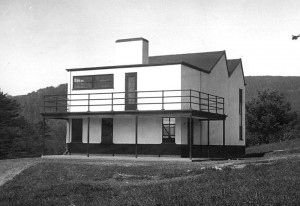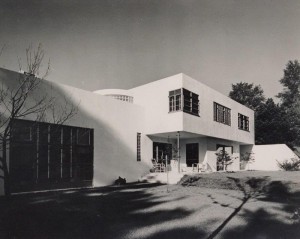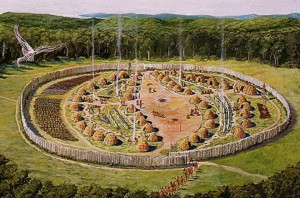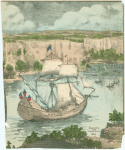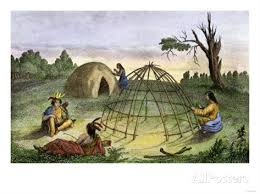Settlement of Berkshire County Begins with Sheffield
As early as 1662, John Pynchon, son of the founder of Springfield, attempted to establish a trading post on the Housatonic between what would become Sheffield and Ashley Falls. The area was too wild to sustain the post but it does indicate the area was known to the English settlers of the Connecticut River Valley.

In 1725, with authorization from the Massachusetts General Assembly a committee bought from Sachem Konkapot the southwestern corner of what would become Berkshire County. The tract was about 12 miles wide and 18 miles long and included much of modern-day Sheffield, Great Barrington Egremont and Mount Washington as well as parts of what would become Alford, Stockbridge, West Stockbridge and Lee.
Purchased from Chief Konkapot
Originally called Outhotonnook (later corrupted as Housatonic), meaning “over the mountain”, the land was purchased by a committee approved by the General Court on April 25, 1724, from Chief Konkapot and 20 other Mahican Indians. Its price was 460 pounds, 3 barrels of cider and 30 quarts of rum. The committee was to manage apportionment of land and supervise settlement (see New England Town Formation).
First Settler Mathew Noble from Westfield
The lower township of Housatonic (as Outhotonnook would be corrupted) was first settled by Matthew Noble of Westfield, who arrived in 1725. Many of the earliest English settlers came from Westfield. These would, like many other early settlers of the Berkshires, have been ambitious, hearty frontier people whose parents or grandparents would have been initial settlers of the Connecticut River Valley or lower Housatonic Valley. The New World economy was still driven by land and rapid population growth meant buying low and selling high was the entrepreneurship of the day. It would have been hard work. Mathew Noble spent the first winter, entirely alone except for a few Mahicans, clearing and putting up rudimentary shelter. His 16 year old daughter (one of nine Noble children) would follow in June wending her way through the dense woods riding on horseback with her mattress.
Importance for Lenox History
Sheffield was not only the first settlement but one to which Lenox had many direct ties. Theodore Sedgwick first practiced here and defended the famous Mumbet who was owned by Sheffield resident Colonel Ashley. The final “battle” of Shay’s rebellion was fought here.
The family names of the initial Sheffield settlers would find their way into Lenox and the rest of the Berkshires….including Ingersoll, Dewey, Judd, and Egleston.
Beginnings of Berkshire County Late in Colonial Period
What would become Berkshire County (1761) was settled relatively late in the colonial period because:
–the 85 years of wars with New France and their Indians allies discouraged settlement in wilderness areas
-there were border disputes between the Dutch and the English; and later, the royal provinces of New York and Massachusetts
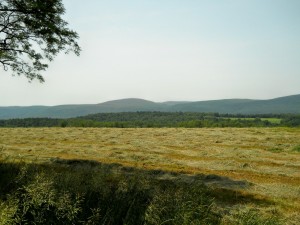
-better farmland was, at least until the 18th century, elsewhere (Connecticut and Hudson River Valleys)
-hills, thick woods and, other than a few Indians trails(one roughly along modern route 23) and the Housatonic River, the area was impenetrable.
At the time of the earliest European settlement in the Berkshires, the hilly and heavily wooded area was sparsely populated by Native Americans – primarily Mahicans.
The earliest known European inhabitants of the Berkshires probably would have been Dutch. In the 1680’s Dutchmen from New York started buying up parcels from the Indians, consolidated by the colony of New York into the patent of Westenhook granted to a syndicate of New York investors. The patent included much of modern day Litchfield and Berkshire County. The New York colony made the grant based on the prior claim of New Netherland to all land west of the Connecticut River. However, there is no evidence to suggest that there were more than a handful who actually settled in Berkshire County.
Be sure to check out the Sheffield Historical Society which has research materials, exhibits and many interesting events.
Also see josfamily history website, (Sheffield Frontiertown, Lillian Priess, 1976 Sheffield Bicentennial Committee), The Housatonic, Puritan River, by Chard Powers Smith, Rinehart and Company, 1946, Early Life in Sheffield Berkshire County, Massachusetts, A Portrait of its Ordinary People from Settlement to 1860, James R. Miller, Sheffield Historical Society 2002
